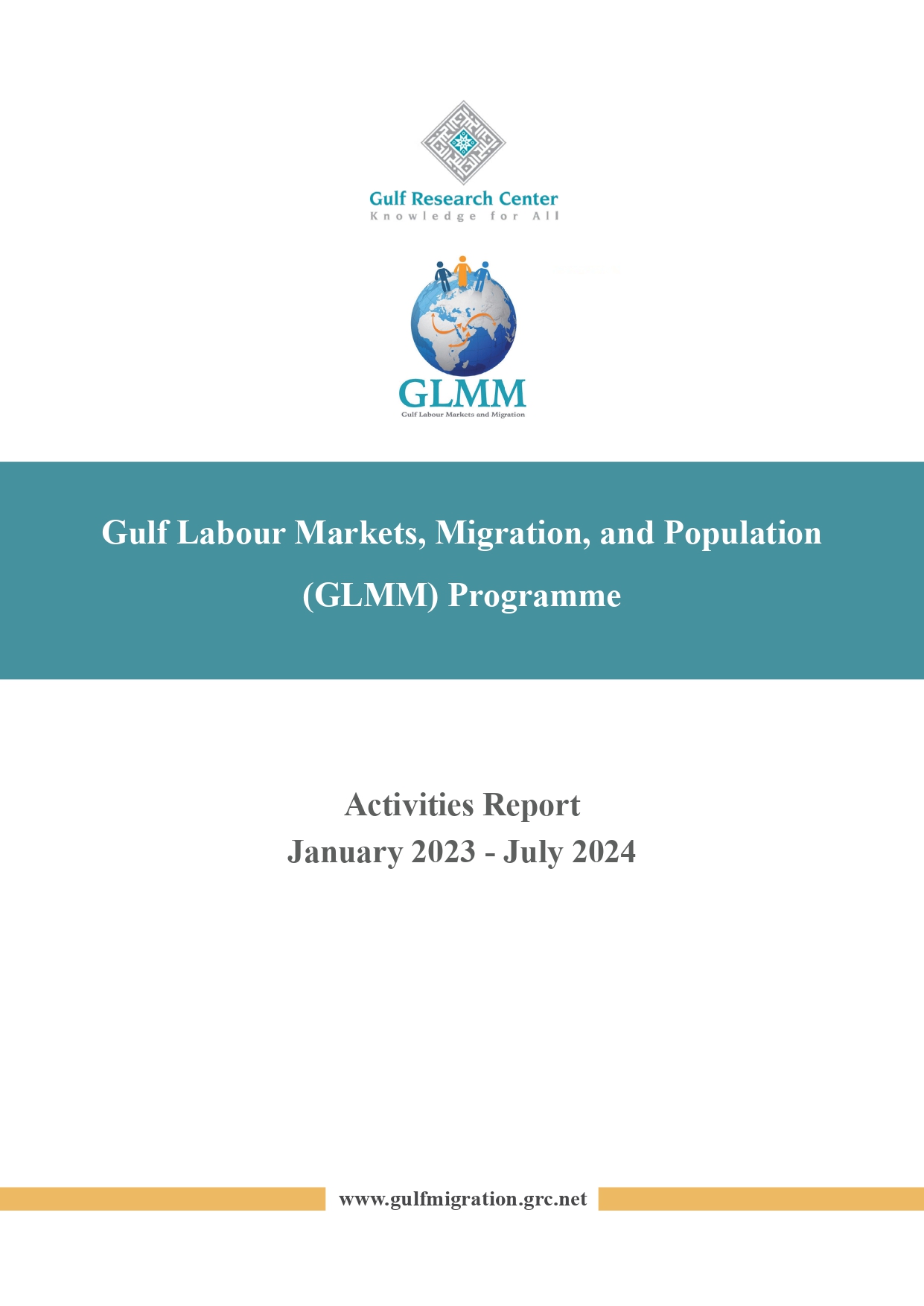Oman: Employed population by country of citizenship (mid-2014)

| July 2014 | |||
| Males | Females | Total | |
| Indians | 32,433 | 566,103 | 598,536 |
| Bangladeshis | 19,653 | 502,999 | 522,652 |
| Pakistanis | 1,012 | 216,440 | 217,452 |
| Ethiopians | 38,427 | 389 | 38,816 |
| Indonesians | 33,387 | 603 | 33,990 |
| Filipinos | 20,148 | 9,999 | 30,147 |
| Egyptians | 4,228 | 18,230 | 22,458 |
| Nepalese | 3,763 | 9,432 | 13,195 |
| Sri Lankans | 6,412 | 6,737 | 13,149 |
| Other Nationalities | 16,008 | 38,263 | 54,271 |
| Total | 175,471 | 1,369,195 | 1,544,666 |
Source: General Directorate of Civil Status
ANNEXED NOTE
1. Technical Notes and Definitions
The table refers to the employed population registered in the Sultanate as of mid-2014, employed in the government, private and household sectors.
The civil status system in Oman was created by Royal Decree No. 66/99, which established the General Directorate of Civil Status as part of the Royal Oman Police.
This civil database served as a basis for creating a comprehensive civil register (National Registration System (NRS)), an integrated computer system linking all 12 civil status directorates throughout the Sultanate and maintained by the D.G of civil Status.
The DGCS is entrusted with the following responsibilities:
1- Registration of births, deaths, marriages, divorces of Omani nationals
2- Registration of births and deaths of resident expatriates; registration of foreign marriages and divorces if one party is a Omani national
3- Issuance of birth and death certificates; as well as identity cards for Omanis and residence cards to foreign residents
4- Assessment of documents provided by Omani nationals requesting to marry a foreign national and certification of such marriages
5- Assessment of documents provided by applicants to recognition and restoration of Omani citizenship, as well as to naturalisation.
The National Registration System thus includes data on births, deaths, marriages and divorces in the Sultanate. It also includes data on identity cards for Omanis and residence cards for residents.
Registration in the civil register is mandatory for Omanis and residents of the Sultanate. The civil register records the name, gender, age, marital status, nationality, address, telephone numbers, civil number, educational level and occupation.
http://www.civilstatus.gov.om/english/system.asp#register
http://www.civilstatus.gov.om/download.asp?filename=stats2004-2009.pdf
2. Institution which provides data
National Center for Statistics and Information (NCSI)
3. Data availability
The National Center for Statistics and Information (NCSI) processes and disseminates all statistical data of use to the public and to government action.
NCSI publishes a monthly bulletin processing most recent economic and social data, in PDF and Excel formats.
September 2014 issue:
http://www.ncsi.gov.om/NCSI_website/book/mb/sep2014/Monthly_Bulletin_Sep2014.pdf
Monthly figures of expatriate workers by country of citizenship can be found here (September 2014 issue):
http://www.ncsi.gov.om/NCSI_website/book/mb/sep2014/T15_T16.pdf
Date of access: October 2014.
Similar Posts:
- Oman: Population by nationality (Omani/ non-Omani), sex and age group (mid-2012)
- Oman: Employed expatriates by sex and education level (mid-2014)
- Oman: Employed population by country of citizenship (2013)
- Oman: Population by nationality (Omani/ non-Omani), sex and age group (mid-2014)
- Oman: Omani population by sex, age group and administrative region (governorate) of residence (mid-2014)
 In case the links to the primary data source are broken, please refer to the new Ministry of Manpower website until the links are restored.
In case the links to the primary data source are broken, please refer to the new Ministry of Manpower website until the links are restored.Tags: Arab countries, Asia, Bangladesh, Ethiopia, Foreign Labour, India, Indonesia, Nepal, Oman, Pakistan, Philippines, Sri Lanka
































































